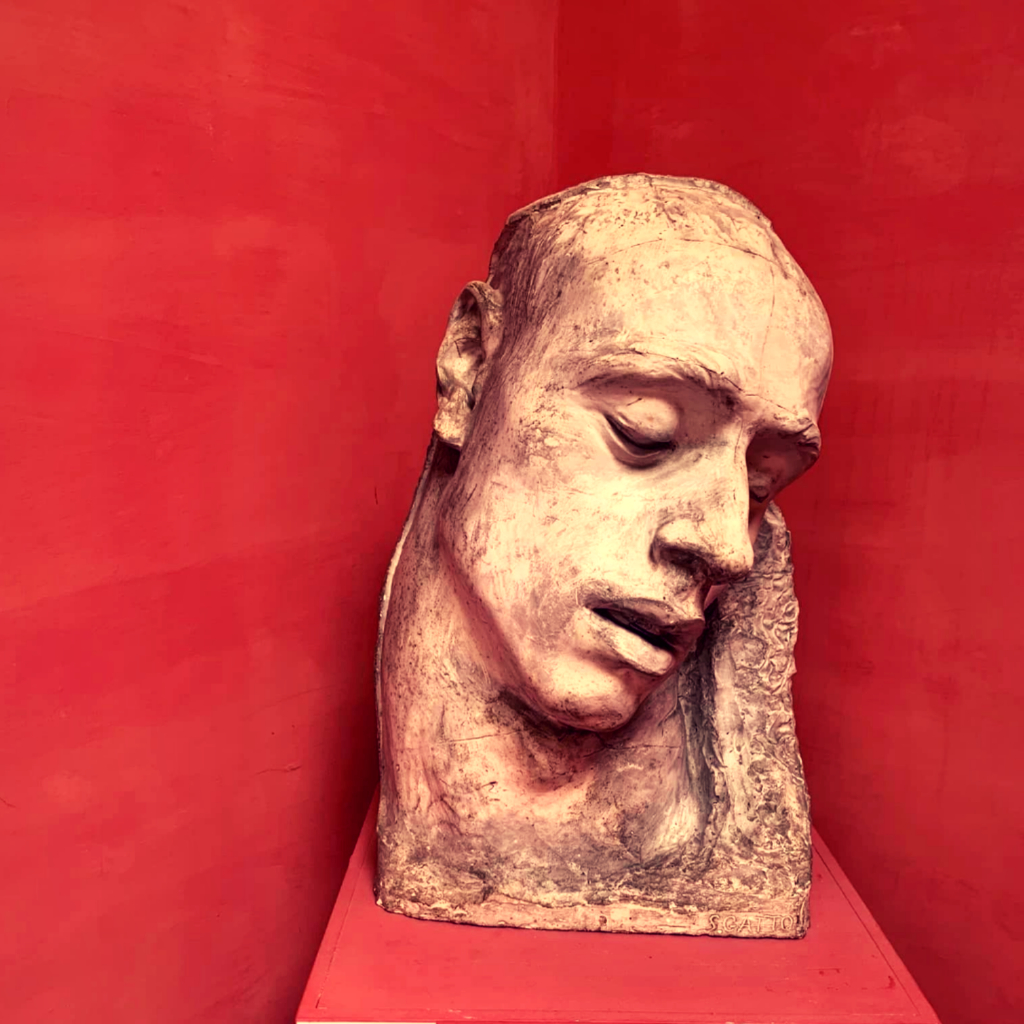What was Paul Hindemith known for?
By the late 1920s Hindemith was regarded as the foremost German composer of his generation. The “utility” music he wrote for children's games, youth groups, brass bands, radio plays, and other practical purposes reflected a functional trend in the culture of postwar Germany.
What is the significance of Hindemith in the history of music?
Hindemith played a prominent role in music history, not only as one of the leading composers of the 20th century, but also as conductor, teacher and musical theorist. His oeuvre spans all genres: orchestral works, solo concertos, chamber music for a wide variety of instruments, choral works, lieder, operas and ballets. He was also the author of numerous books and essays, including the book on harmonic theory "Unterweisung im Tonsatz”, first published in 1937. His compositions take up a position within the contradictory contexts of avant-garde provocation, "Neue Sachlichkeit” [New Objectivity] and the search for a universally accepted musical language. While Kammermusik No.1 which was premiered in1922 in Donaueschingen was deliberately intended to provoke the bourgeois public with its wailing sirens, the later Kammermusik works which were composed up to 1927 display the transparent, contrapuntal and well-dosed harmony which chiefly characterised Hindemith’s works during his central creative phase. The Concerto for violin and orchestra from 1939 heralded a series of later solo concertos which display Hindemith’s fully matured style.
What style of music did Paul Hindemith develop?
Style. Hindemith is among the most significant German composers of his time. His early works are in a late romantic idiom, and he later produced expressionist works, rather in the style of the early Schoenberg, before developing a leaner, contrapuntally complex style in the 1920s.
When did Hindemith move to America?
1940
The uncertainties of life under the Nazi regime led Hindemith to move to the United States in 1940. There, he taught at Yale University and composed celebrated works like Symphonic Metamorphosis of Themes by Carl Maria von Weber.
When did Paul Hindemith start playing the viola?
After a brief time in Switzerland, Hindemith made his first visit to the United States in the spring of 1937 where he made his American debut at the Coolidge Festival in Washington, D.C. performing his Sonata for Unaccompanied Viola.
How many Hindemith Viola Sonatas are there?
11, No. 4, by Paul Hindemith was composed in 1919. It is the fourth of five instrumental sonatas comprising his opus 11.
How many string quartets did Hindemith write?
Hindemith's seven string quartets can be divided into two distinct compositional periods. Quartets 1-5 were written between 1915-1923, when the composer was in his twenties.
Did Hindemith write a sonata for every instrument?
His versatility was such that reputedly he could play each of the standard orchestral instruments to professional standard, and he utilised that hands-on knowledge in the sonatas (26 altogether) that he composed for all of them.
What is Hindemith’s contribution to musical theatre?
Hindemith produced a decisively contrasting alternative to Wagner’s musical dramas with his comic opera Neues vom Tage (1828-29), composed in the style of the “topical opera” of the 1920s. Hindemith’s operas frequently contain stylistic elements of parody which can also be detected in his ironical chamber music works such as Minimax (1923) or the Ouvertüre zum „Fliegenden Holländer“ („wie sie eine Kurkapelle morgens um 7 am Brunnen vom Blatt spielt“) [Overture to the “Flying Dutchman” (“as played at sight by the spa orchestra at seven o’clock in the morning at the fountain”)]. Hindemith made a substantial contribution to the genre of music theatre with his operas Cardillac (1925-26/1952), Mathis der Maler (1934-35) and Die Harmonie der Welt (1956-57).
Is Hindemith tonal?
It is all radiant with sweetness and gladness, and so is the corresponding music by Hindemith. It is a charming, lively, and very tonal piece of music, in the key of G. In fact, the very first chord you hear in this Angel-Concert is a pure G-major triad. Nothing can be more tonal than that.


